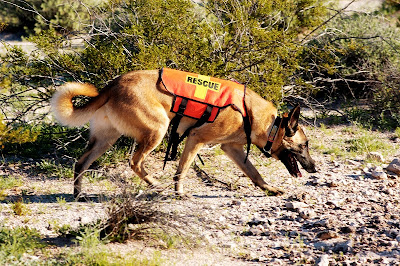The Posts of the Year 2013

Photo: Mila Atkovska / Shutterstock By Zazie Todd, PhD A big thank you to all of our readers! We wish you a very happy and healthy 2014!! The most popular posts of the year were: 1. Are Young Children More Interested in Animals Than Toys? A set of three studies by Vanessa LoBue et al looked at young children in a naturalistic play environment in which they could choose to interact with animals or toys. 2. The End for Shock Collars? Research funded by Defra in the UK found that electronic collars do not work better than positive reinforcement training for recall and chasing, and have negative welfare consequences for some dogs, even when used by qualified trainers. In addition, "some end-users either fail to read the instructions, misunderstand or deliberately disregard the advice in the manuals." 3. How Do Hand-Reared Wolves and Dogs Interact with Humans? The question of how dogs evolved from wolves is complicated, but it is clear there a...












